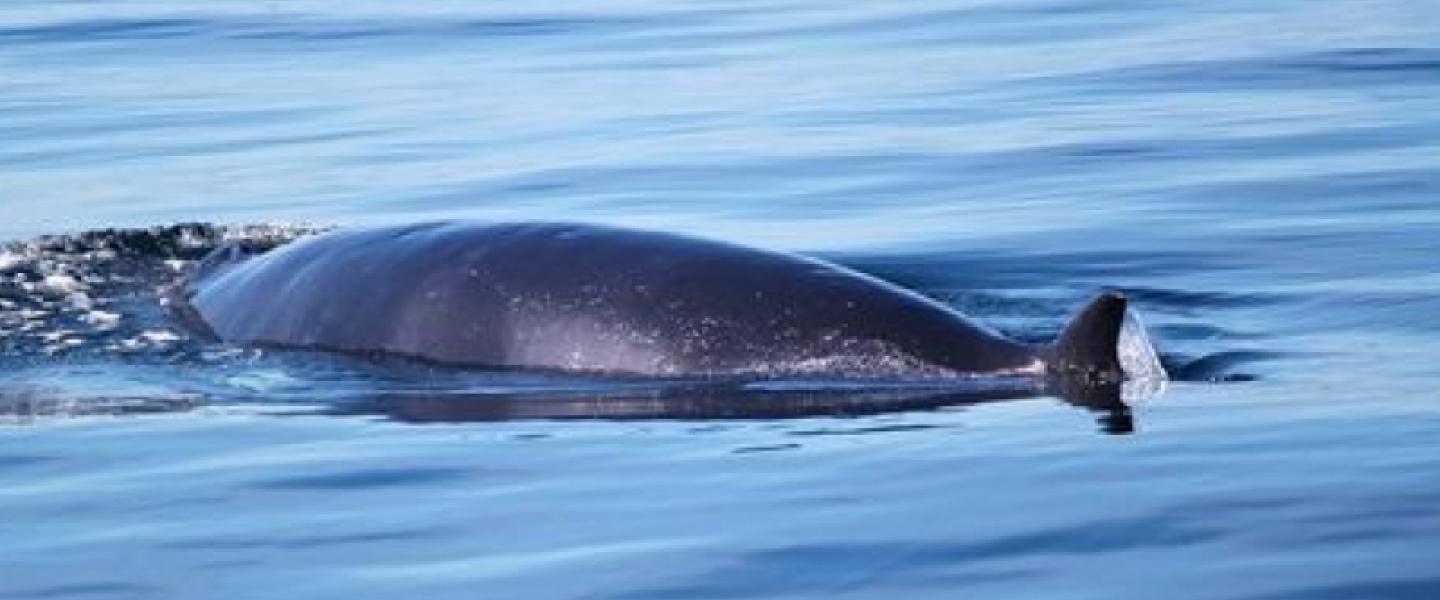
Haleigh | M/V Osprey | July 3, 2021 | 5:30pm
On this evening’s classic sunset wildlife tour, we adventured southbound towards the junction of many channels. The Strait of Juan de Fuca, Haro Strait, Rosario Strait, and San Juan Channel are constantly intermixing waters rich with phytoplankton and bait fish. The churning at shallow banks makes for especially abundant feeding ground in the ecosystem that can be filled with wildlife. This was our destination for the evening.
As we exited San Juan Channel, Cattle Pass Lighthouse was on our right, the Olympic Peninsula straight ahead of us, and rocky islets dispersed at the southern end of Lopez Island on our left. We neared Whale Rocks to see everything but whales. Multi-patterned Harbor seals hauled out on the shoreline in their classic banana pose with the head and tail aimed towards the sky. The Steller's sea lions clustered together, some laying their 1,200 lb bodies over one another while others practiced what a yogi call’s “Downward Dog.” Gulls filled in all the remaining rock space, making this a densely packed resting habitat for many.
Off to find more wildlife, we were stopped within minutes by a passenger who spotted a dorsal fin off in the distance! Soon enough, we had our eyes on our first whale -- a Minke Whale! Our eyes followed the swarming birds who prey on the leftover fish the Minke Whale brings to the surface. This was a total feeding frenzy! We had a few solid looks at this baleen whale before leaving again to search for more. Riding further out towards the Olympics was beautiful as the sunset’s warm colors were caught in the hazy surrounding air.
We looped back around to a privately-owned island called Long Island just in time to find a nesting Bald Eagle. The golf ball head and large brown body stood out against the green and brown forest. Just as we wrapped around this small island, we found a second Minke Whale hiding out! We shut our engine off immediately and anticipated the surfacings from our feeding friend. Every two minutes or so, this cetacean would surface about 100 yards away from our vessel, starting at about 10 o’clock and making its way to 9, 7, 5, 4, and eventually 2 o’clock. Spotting our second cetacean of the evening and getting consistently good looks was a really nice way to end our sunset trip.